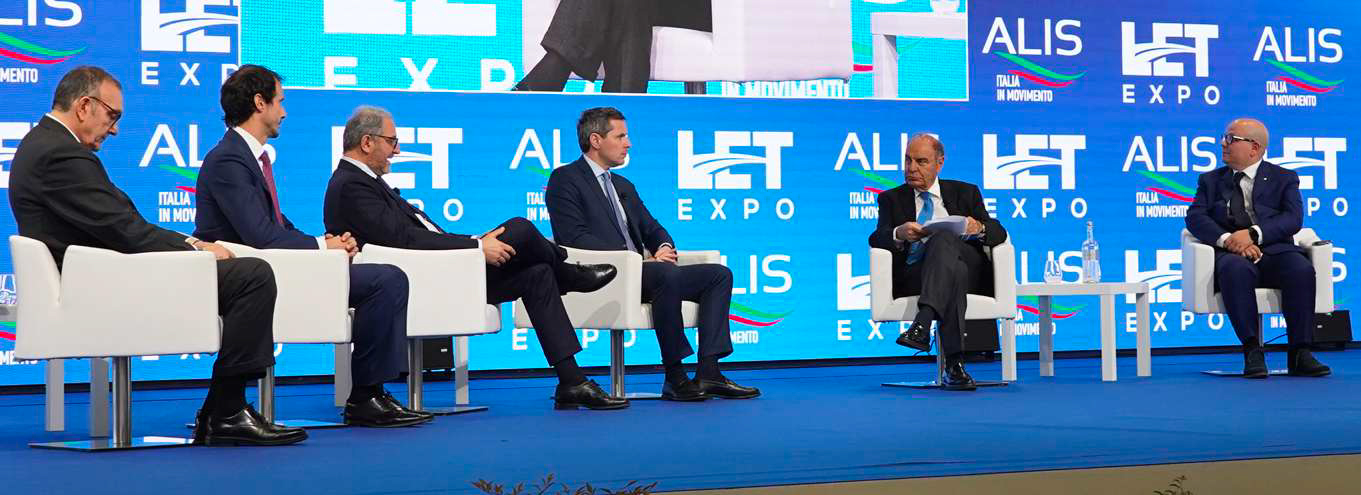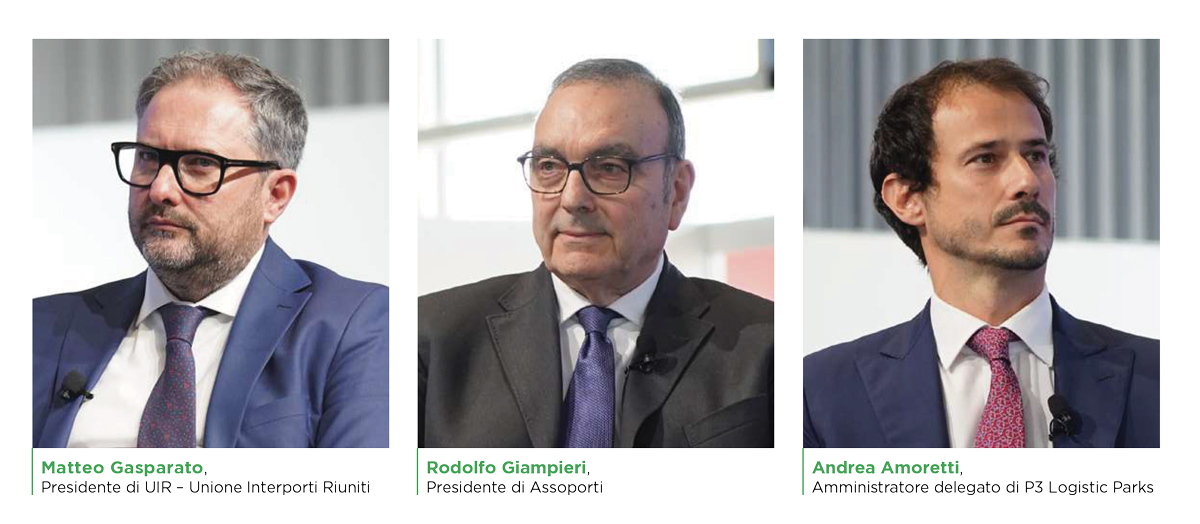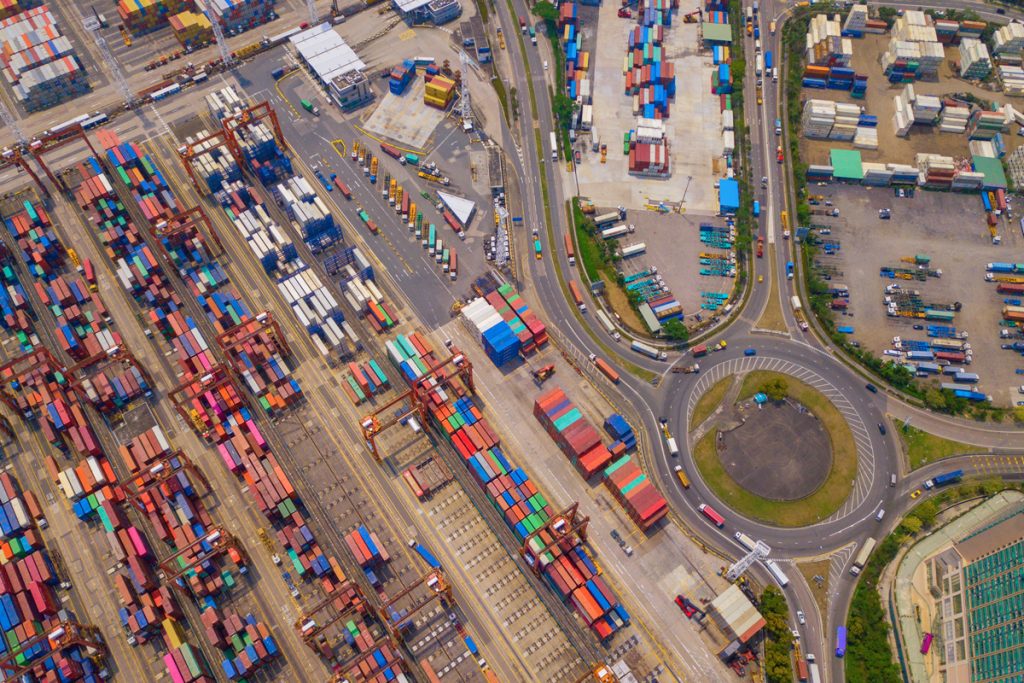At a time marked by geopolitical tensions and economic uncertainty, ensuring the continuity and security of supply chains is no longer just a logistical concern, but a national and continental priority. This was the focus of a recent high-level conference moderated by journalist Bruno Vespa, which brought together key figures from politics, defence, and the logistics sector.
The crucial link between military and civil logistics
General Luca Capasso, Head of Logistics at the Italian Defence General Staff, opened the discussion by emphasizing the strategic nature of security. “Military logistics exists where civil logistics cannot operate—under extreme and uncertain conditions. But it is also essential to enabling civil logistics to function safely. We’ve seen this during the pandemic, where military support ensured the continuity of critical supply chains.”
The concept is clear: military logistics is not a competitor, but a complement to the civil system. It provides stability and rapid response capability when civil systems are strained or inoperative—underscoring how resilience today must include integrated, cross-sector planning.

Protecting transport means defending the economy
Salvatore Deidda, President of the Italian Parliament’s Transport Committee, reinforced this idea: “Funding European defence means protecting our transport systems. From piracy to geopolitical tensions like those in the Red Sea, disruptions come at a high cost for European trade. Investing in defence and infrastructure helps defend our global positioning.”
A comprehensive protection plan doesn’t stop at physical routes. Deidda also spoke about safeguarding undersea infrastructure such as data cables and emphasized the role of Italian excellence in shipbuilding and logistics services. The broader aim? Ensuring that funding for defence creates value and security for Europe’s businesses and citizens—without cutting resources from welfare or cohesion policies.
Logistics as an industrial backbone
Matteo Perego Di Cremnago, Undersecretary of State for Defence, added an industrial dimension: “Investing 2% of GDP in Defence does not reduce funds for healthcare or infrastructure—it amplifies national security and competitiveness. 98% of global trade moves by sea. Protecting maritime routes and enhancing infrastructure around interports is crucial for national growth.”
Perego advocated for structural investments in rail and maritime incentives, such as Ferrobonus and Marebonus, calling for stable support tools and a unified national strategy. A secure and efficient logistics system, he stressed, also translates into economic development and employment across the country.
Interports and ports: the backbone of intermodality
Matteo Gasparato, President of the UIR (Unione Interporti Riuniti), highlighted the evolution of Italian interports: “They must work in synergy with seaports—not as separate silos but as interconnected logistics hubs. The PNRR (National Recovery Plan) has funded major modernization projects, including digitization and cybersecurity for faster, safer goods handling.”
At the same time, international trade uncertainties, such as potential U.S. tariffs and Germany’s economic slowdown, remain major concerns. Interports now aim to function as smart platforms, combining public and private resources to enhance connectivity and resilience.

Ports and the global challenge
Rodolfo Giampieri, President of Assoporti, closed the panel by recalling the global competitiveness of northern European ports and the need for Italy to define its own model. “We must not chase after unattainable systems. Italy’s ports, though numerous, can work together as a networked nation-port system. And that requires governance, digitalization, and new rules of engagement in the global market.”
A new mindset for logistics and defence
What emerged from the event is a strategic convergence: infrastructure, defence, digitalization, and logistics must be considered together, not separately. It’s a change of mindset—one that requires coordination, investment, and long-term vision.
In this scenario, PortaleGenio presents itself as an effective tool to support informed decision-making. By offering a clear, intuitive visualization of intermodal routes, especially around ports and interports, it helps professionals and businesses orient themselves in a complex, evolving landscape.
Because in a world that changes rapidly, navigating the logistics network with the right tools becomes not only an advantage, but a necessity.

